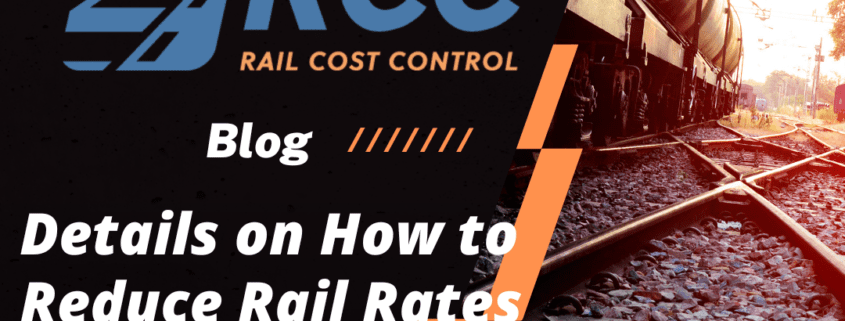Details on How to Reduce Rail Rates on Captive Moves
Many rail shippers try to reduce their rail expenses. Those with the most leverage have the most success. The leverage shippers develop with their railroads ultimately determines whose rates increase and whose rates decrease.
From a marketing perspective, leverage with railroads determines whether your company operates at a competitive advantage or disadvantage in its markets. The most important part of any rail negotiation is, therefore, the leverage a rail shipper brings to the table.
Leverage enables a rail shipper to make demands on the railroad. Without leverage, shippers’ rates will tend to increase each year. On the other hand, with leverage, a shipper has much more control over the level of the rate structure for its movements.
To those not directly involved in shipping products by rail (like many in upper management), gaining leverage with a vendor may not seem like that big of a deal. However, once it is recognized that railroads frequently have no competition at the destinations where your products are delivered, the difficulty in obtaining leverage with railroads becomes all too clear. The very nature of the railroad industry makes it more difficult for shippers to obtain negotiating leverage.
However, it needs to be understood that just because you are captive to a railroad does not mean you aren’t able to create negotiating leverage. Many shippers miss out on opportunities to increase negotiation leverage as they don’t fully explore all their opportunities for generating leverage.
To create negotiation leverage with a railroad that believes it has monopoly power over your movements, you must educate that railroad on why it is wrong. To do this a shipper must understand all of its internal options, all of its railroad’s options, and the positive and negative impacts of changes in rates.
As an example, when Escalation Consultants first starts working with a shipper to better control rail expenses the first department we want to talk to, after the transportation department, is marketing and sales. This is because they hold information that can be instrumental in increasing negotiation leverage with railroads. This includes information on:
-
Business that has been lost
-
Markets that are not economical for your company to go after
-
Alternate sourcing options
-
Your customers ability to use logistic options other than rail
-
The location of your competitors
In order for shippers to achieve success in controlling expenses on captive rail movements, they need to be creative. To do this effectively, the rail negotiating team will frequently require access to more internal and external information than is normally available in the transportation department.
The issues that work to improve negotiation leverage with railroads tend to be different for every company. However, what works best for every shipper tends to fall in the following areas:
-
Information from within your own company
-
Information on your railroads
-
Intelligence on your primary competitors
-
Information on potential alternate logistics and sourcing options
Details on each of these options for increasing negotiation leverage will be covered in future blogs.


